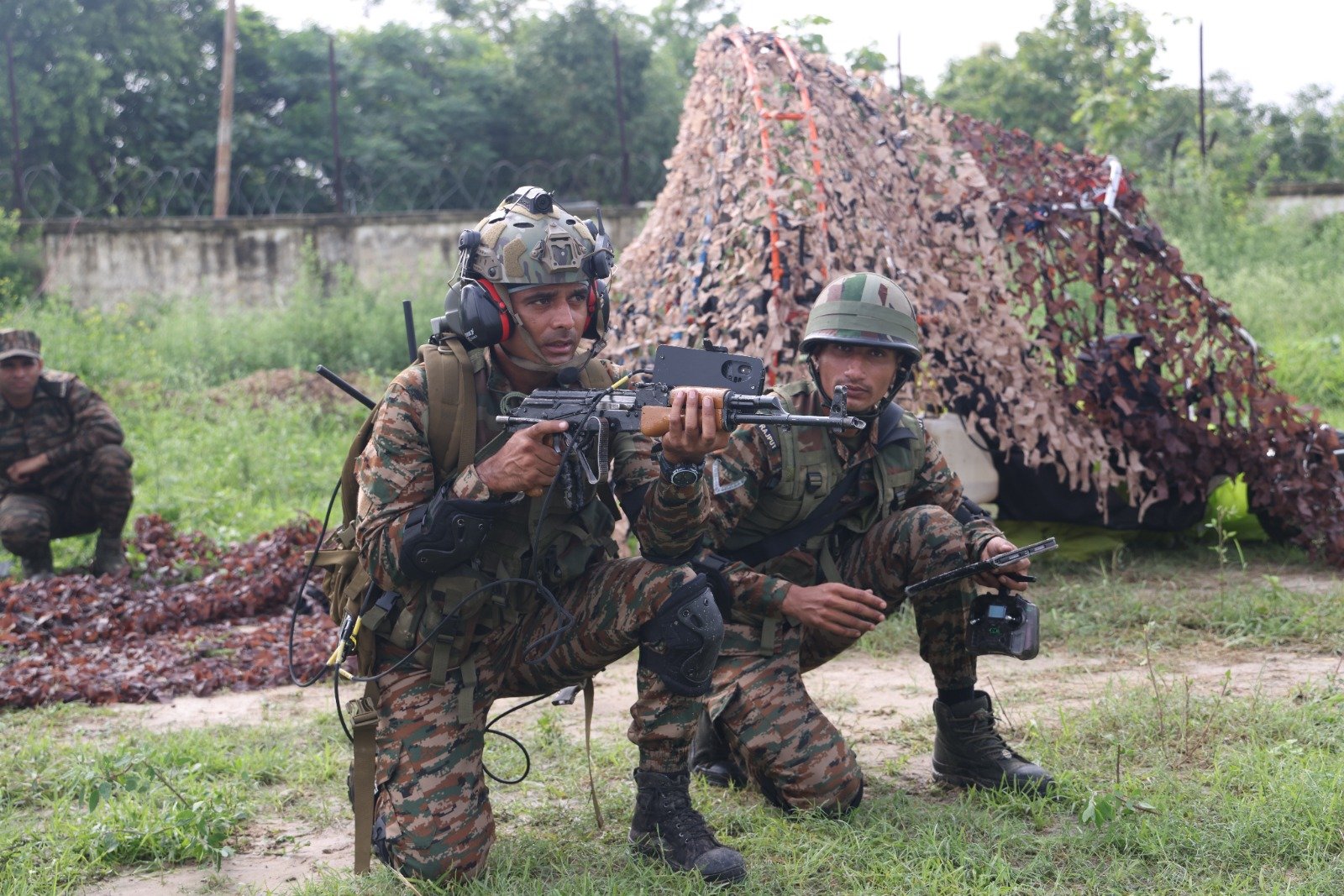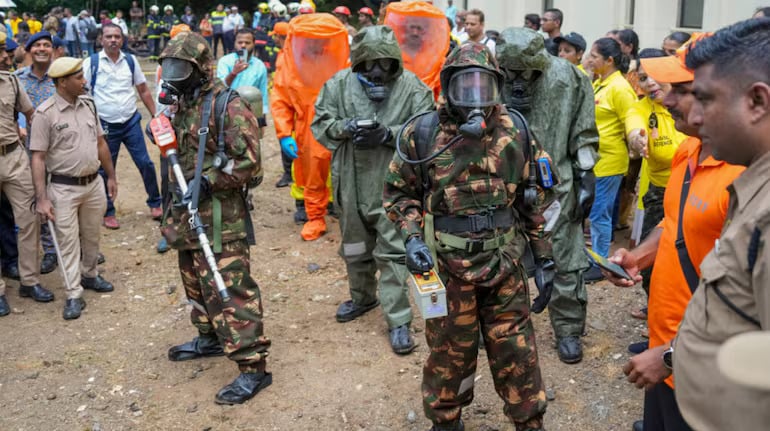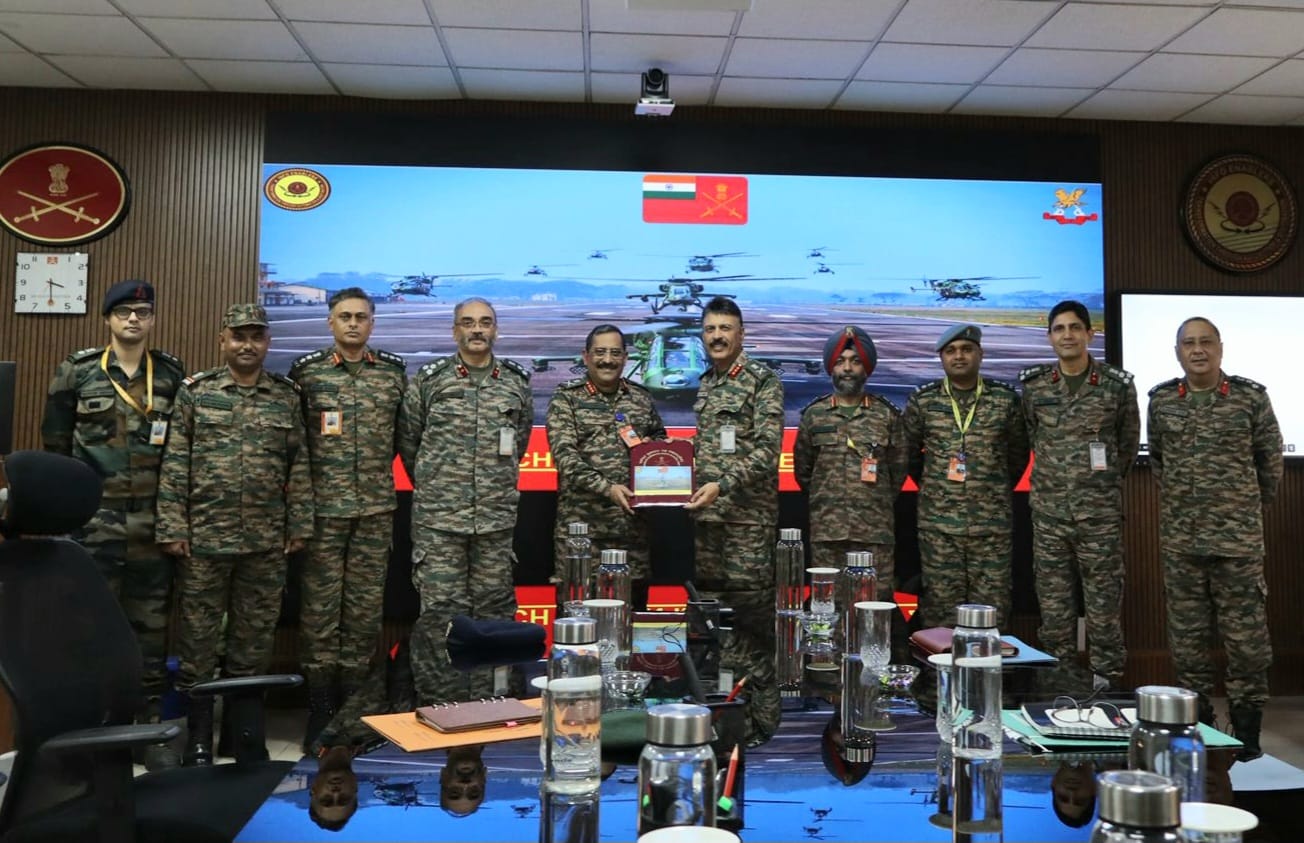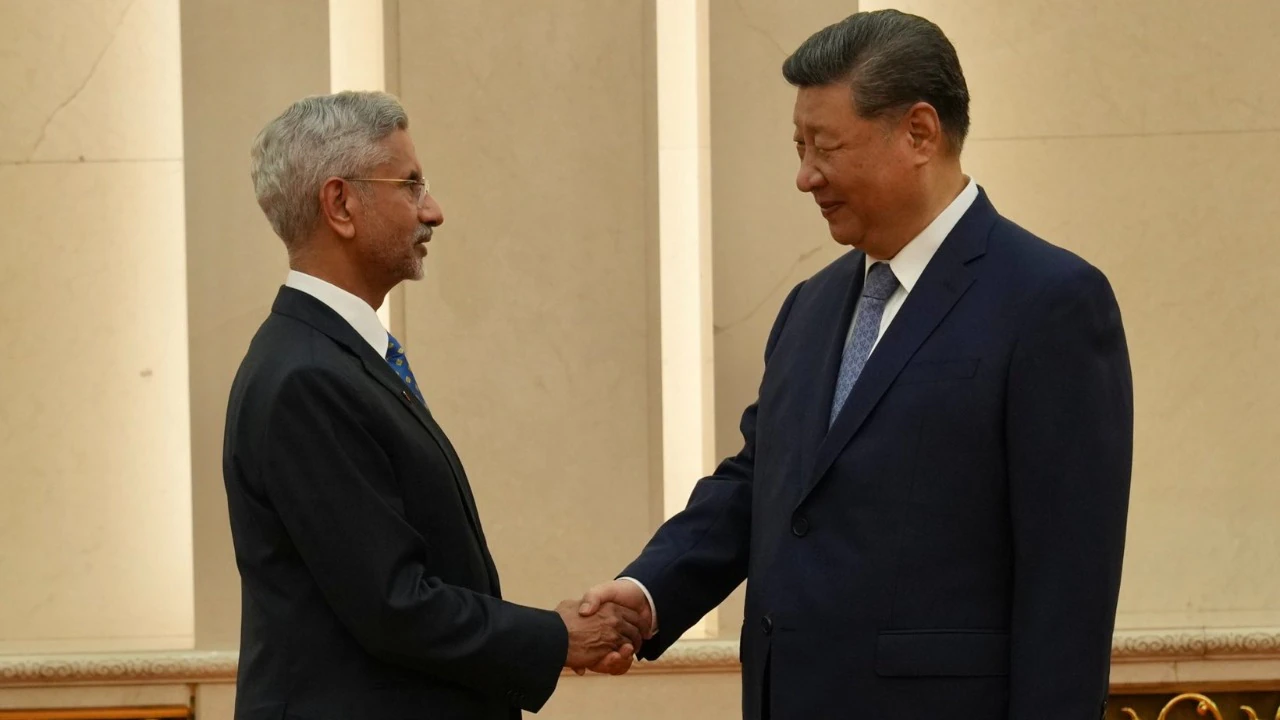Indian Army Showcases Tech-Driven Warfare in ‘Prachand Shakti’ Exercise in Uttar Pradesh
The Indian Army took a decisive step toward battlefield modernisation with the high-impact demonstration of ‘Prachand Shakti’ conducted by the…
Centre to Formulate Unified Guidelines for Future Civil Defence Drills After Gaps in India-Pak Tensions
The Government of India is drafting new, standardized guidelines for civil defence drills across all states following widespread criticism of…
Group Captain Shubhanshu Shukla Returns to Earth After Historic 18-Day Space Stay
Indian astronaut Group Captain Shubhanshu Shukla and his Axiom-4 crew safely returned to Earth on Tuesday as their SpaceX Dragon…
DRDO and AIIMS Bibinagar Unveil India’s First Indigenous Advanced Carbon Fibre Foot Prosthesis
In a landmark achievement under the Aatmanirbhar Bharat initiative, the Defence Research and Development Organisation (DRDO) and AIIMS Bibinagar have…
Indian Army Launches Aviation Asset Module to Advance Digital Transformation
Marking a major stride in its digital evolution, the Indian Army on Tuesday unveiled a cutting-edge Aviation Asset module designed…
EAM Jaishankar Meets President Xi Jinping, First Visit to China Since the 2020 Galwan Valley Clash
In a pivotal diplomatic engagement, External Affairs Minister S. Jaishankar met Chinese President Xi Jinping in Beijing on Tuesday, marking…






